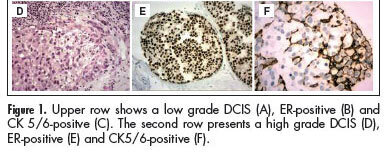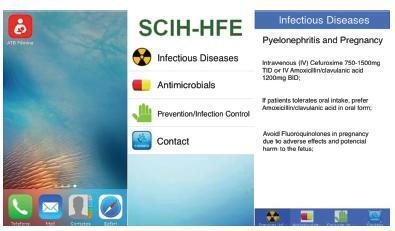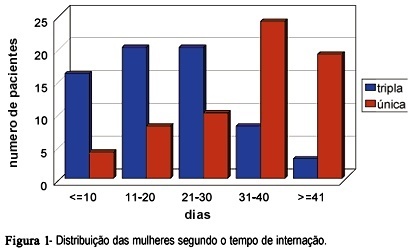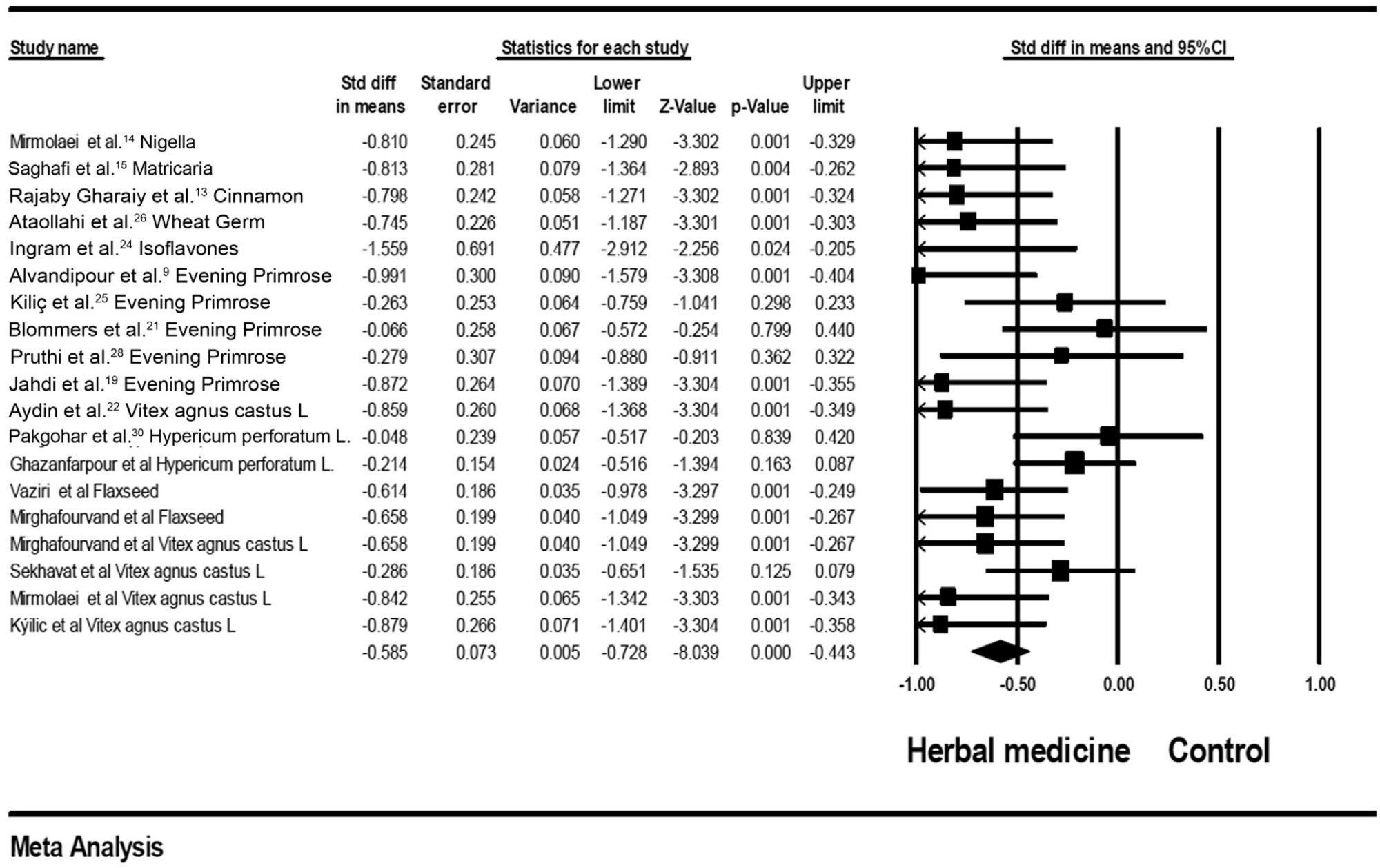Summary
Revista Brasileira de Ginecologia e Obstetrícia. 2013;35(3):97-102
DOI 10.1590/S0100-72032013000300002
PURPOSE:To compare the prognostic and predictive features between in situ and invasive components of ductal breast carcinomas. METHODS:We selected 146 consecutive breast samples with ductal carcinoma in situ (DCIS) associated with adjacent invasive breast carcinoma (IBC). We evaluated nuclear grade and immunohistochemical expression of estrogen receptor (ER), progesterone receptor (PR), human epidermal growth factor receptor 2 (HER2), cytokeratin 5/6 (CK5/6), and epidermal growth factor receptor (EGFR) in both components, in situ and invasive, and the Ki-67 percentage of cells in the invasive part. The DCIS and IBC were classified in molecular surrogate types determined by the immunohistochemical profile as luminal (RE/PR-positive/ HER2-negative), triple-positive (RE/RP/HER2-positive), HER2-enriched (ER/PR-negative/HER2-positive), and triple-negative (RE/RP/HER2-negative). Discrimination between luminal A and luminal B was not performed due to statistical purposes. Correlations between the categories in the two groups were made using the Spearman correlation method. RESULTS:There was a significant correlation between nuclear grade (p<0.0001), expression of RE/RP (p<0.0001), overexpression of HER2 (p<0.0001), expression of EGFR (p<0.0001), and molecular profile (p<0.0001) between components in situ and IBC. CK 5/6 showed different distribution in DCIS and IBC, presenting a significant association with the triple-negative phenotype in IBC, but a negative association among DCIS. CONCLUSIONS: Our results suggest that classical prognostic and predictive features of IBC are already determined in the preinvasive stage of the disease. However the role of CK5/6 in invasive carcinoma may be different from the precursor lesions.

Summary
Revista Brasileira de Ginecologia e Obstetrícia. 2019;41(2):97-101
To analyze the prescription of antimicrobial agents for pregnant women admitted into the obstetrics service who presented with acute pyelonephritis.
Three cross-sectional studies were performed comparing the prescription of antimicrobials for pyelonephritis in pregnant women in the time periods evaluated (2010-2011: 99 patients evaluated; 2013: 116 patients evaluated; 2015: 107 patients evaluated), at the Hospital Fêmina, Porto Alegre, in the state of Rio Grande do Sul, Brazil. The analysis was performed before and after the promotion of an institutional protocol for the treatment of pyelonephritis during pregnancy, and on a third occasion after the introduction of a smartphone-based mobile educational tool.
The evaluation of the prescribing physicians and the adequacy of the prescriptions between the different periods studied revealed a significant increase in appropriate conduct for the choice of antimicrobial (2010: 83.8%; 2013: 95.7%; and 2015: 100%), route of administration (2010: 97%; 2013: 100%; and 2015: 100%), and interval (2010: 91.9%; 2013: 95.7%; and 2015: 100%), following the introduction of the protocol, and again after the implementation of the softwareapplicationwithorientationsontheantimicrobial treatment.
The use of specific mobile applications should be encouraged to attain a better quality and accuracy in prescriptions and to include strategies that not only reduce the risk of negative outcomes, but also improve the quality of care and treatment for maintaining the health both of the mother and of the baby.

Summary
Revista Brasileira de Ginecologia e Obstetrícia. 1998;20(2):97-104
DOI 10.1590/S0100-72031998000200007
The purpose of the present study was to compare postoperative complications and recurrence rates in 132 women with invasive vulvar carcinoma treated by radical vulvectomy and bilateral groin lymphadenectomy performed with one or three incisions. It was a nonrandomized retrospective clinical study, including 65 women operated using a single incision and 67 with three incisions, between 1986 and 1996. Fischer's, chi-square, Student's t tests followed by logistic regression were used for statistical analysis as well as survival curves by the Kaplan-Meyer method, compared using Wilcoxon test, followed by Cox regression, with the statistical significance limit of 5%. The groups were similar regarding age, smoking, presence of other diseases, histologic type and grade. Pathologic stage III was significantly more frequent in the single incision group, while free lymph nodes were more frequent in the three-incision group. The patients treated with triple incision showed statistically less frequent immediate complications (76% vs 92%, p<0.05), less dehiscence (72% vs 92%, p<0.01), and shorter mean hospital stay (19.4 days vs 38.7 days, p<0.001) and secondary procedures were less necessary (76% vs 94%, p<0.01). Seven postoperative deaths were observed: five with single incision and two with triple incision. Recurrence rate was statistically lower in patients treated with triple incision (19% vs 35%, p<0.01) and with negative lymph nodes (6% vs 15%, p<0.01). After Cox regression, only positive lymph nodes had negative influence on disease-free survival. We concluded that vulvectomy using three incisions shows less complications than single incision, without compromising therapeutic efficacy, independently of the stage of the disease.

Summary
Revista Brasileira de Ginecologia e Obstetrícia. 2022;44(10):972-985
Different drugs are used to treat mastalgia, such as danazol and bromocriptine, and both are associated with side effects, due to which most of women and healthcare providers are interested in herbal medicines. Therefore we aim to study the effectiveness of phytoestrogens on the severity of cyclic mastalgia.
To carry out the present study, English electronic resources such as the Cochrane Library, ISI Web of Science, Scopus, and PubMed were used systematically and with no time limitation up to February 10, 2020.
In total, 20 studies were included in the present meta-analysis. The results of the meta-analysis showed that herbal medicines versus the control group (standard mean difference [SMD] = - 0.585; 95% confidence interval [CI]: - 0.728–- 0.44; heterogeneity; p = 0.02; I2 = 42%), herbal medicines versus the B group (SMD = - 0.59; 95%CI: - 0.75–- 0.44; heterogeneity; p = 0.03; I2 = 42%), and its subgroups, such as phytoestrogen (SMD = - 0.691; 95%CI: - 0.82–- 0.55; heterogeneity; p = 0.669; I2 = 0%), Vitex-agnus-castus (SMD = - 0.642; 95%CI: - 0.84–- 0.44; p < 0.001; p = 203; I2 = 32%), flaxseed (SMD = - 0.63; 95%CI: - 0.901–- 0.367; p = 0.871; I2 = 0%), and evening primrose (SMD= - 0.485; 95%CI:- 0.84–- 0.12; p = 0.008; heterogeneity; p = 0.06; I2 = 56%] may have effective and helpful effects on improving cyclic breast mastalgia. Also, chamomile, isoflavone, cinnamon, and nigella sativa significantly reduced mastalgia symptoms.
Herbal medicines and their subgroups may have effective and helpful effects on improving cyclic breast mastalgia. The findings of our meta-analysis must be done cautiously because low methodological quality in some evaluated studies of this systematic review.

Summary
Revista Brasileira de Ginecologia e Obstetrícia. 2005;27(2):98-99
Summary
Revista Brasileira de Ginecologia e Obstetrícia. 2005;27(2):98-98